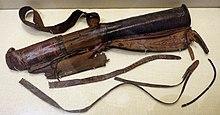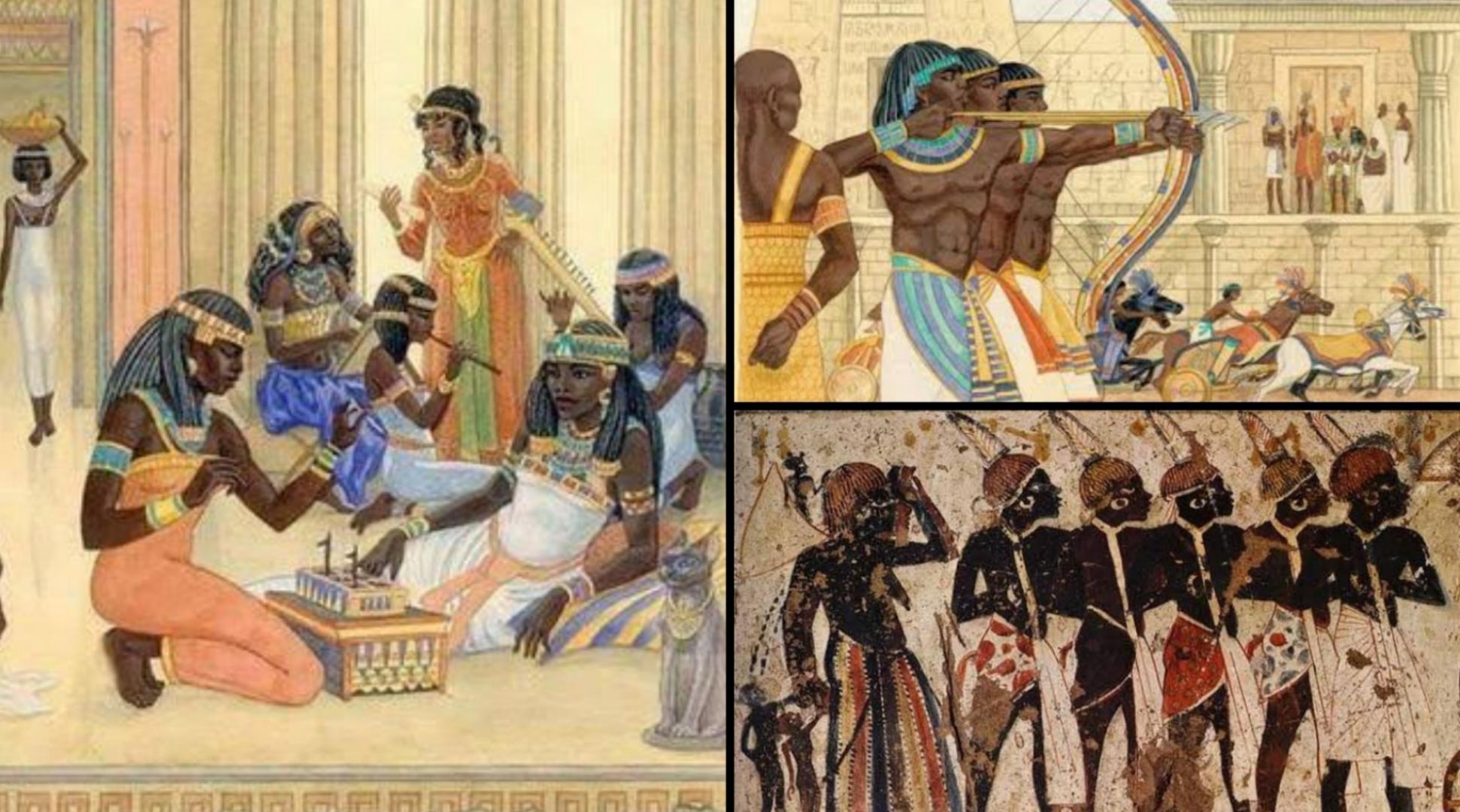Nobatia of Lower Nubia was a late antique kingdom. It succeeded the kingdom of Kush, along with the two other Nubian kingdoms of Makuria and Alodia. Nobadia steadily spread after its founding around 400, defeating the Blemmyes in the north and incorporating the territories between the second and third Nile cataract in the south. It converted to Coptic Christianity in 543. Makuria would then annexe it under unclear circumstances in the 7th century.
The kingdom of Nobatia was established in the former Meroitic province of Akine, which included large parts of Lower Nubia, and is thought to have been autonomous before the Meroitic kingdom fell in the mid 4th century. While the Roman Emperor Diocletian welcomed the Nobatae into the area from the Western Desert as early as 297 AD, their kingdom does not become tangible until about 400 AD.
Historians believe that Early Nobatia is the same civilization as the Ballana culture. The Nobatae eventually defeated the Blemmyes, and an inscription by Silko, the Nobatae’s “Basiliskos,” claims to have driven the Blemmyes into the Eastern Desert. Around this time, the Nobatian capital of Pakhoras (modern Faras) was founded, and Nobatia soon converted to non-Chalcedonian Christianity.
By 707, Nobatia had been invaded by its southern neighbor, Makuria. The details of this merger remain unknown. It is also unclear what happened to the royal Nobadian family. Since Arab histories mention only one Christian state in Nubia that reached at least as far as Old Dongola, the merger most likely took place before the Muslim conquest in 652.
In the new state, Nobatia seems to have retained some autonomy. It was ruled by an eparch of Nobatia, also known as the Domestikos of Pakhoras. These were named at first, but later seem to be dynastic. Some of their documents have been discovered at Fort Ibrim, posing a powerful figure.
In Arabic histories, Nobatia is often referred to as al-Maris. The eparchate of Nobadia remained a part of the kingdom of Makuria until the end, as evidenced by a 1463 document referencing an eparch called Teedderre.
Religion
Paganism
Lower Nubia’s “state religion” had been the Isis cult of Philae since Ptolemaic times. Its significance lasted beyond the Ptolemaic and Meroitic periods, and Nubian pilgrims continued to visit Philae.
The temple on Philae was finally closed down in 535-538, and Nubians were not permitted to access it.
Another Isis cult, the Greco-Roman mysteries of Isis, has been verified by an uncovered shrine in Qasr Ibrim to be practiced in Nobadia. This cult was also practiced during the Meroitic period.
Christianity
Christianity was already present in parts of Nobadian culture prior to the official conversion in 543, as shown by epigraphic and archaeological testimony. The Nobadian elite may have considered converting to Christianity in the 530s, around the time the Isis temple was closed down.
Christianity spread at different rates in Nobadia on various levels. Towns, for example, were able to embrace the new faith, while villages did not become Christian until the 7th-9th centuries. South of the second cataract, Christianity seems to have spread later than in the north, probably as early as the late sixth or early seventh century.
Military culture

Nothing is known about the Nobatian army’s organization. Many of the arms used by the Nobatians had their origins in the Meroitic period.
Archaeology from the pagan era confirms archery’s importance to the Nubians, and thus to the Nobatians. The slightly reflexed longsbows attested for Kushite mercenaries since the Middle Kingdom were replaced by reflex composite bows measuring around one meter and originally equipped to be shot from horseback during the Meroitic or post-Meroitic era.
An early Nobadian burial in Qustul contains a simple wooden self bow. The Nobadians used 50 cm long barbed and probably poisoned arrows. They used quivers made of tanned leather originally from long-necked animals like goats or gazelles to store the arrows. They were often embellished with straps, flaps, and intricate decoration.
The quivers were most likely worn in the front, rather than the back.
Archers wore bracelets on the hand holding the bow to shield it from injury when drawing the bowstring. The bracelets for the aristocracy could be made of silver, while the weaker versions were made of rawhide. In addition, the archers wore thumb rings that measured between three and four centimeters. Thus, Nubian archers would have used a drawing technique similar to that of Persian and Chinese archers, both of which depend on thumb rings.
Two crossbow darts have been found at Qasr Ibrim. The use of crossbows had historically been unexplained in Nubia.
Melee weapons
A form of short sword was a weapon unique to the Nobadians. It has a straight hollow-ground blade that was sharpened only on one edge and was therefore designed to hack rather than thrust. Aside from the spears, there were lances, some with broad blades, and halberds. The large-bladed lances and halberds were most likely just for display.
Body protection
Shields and body armour, much of which was made of leather, were used by Nobadian warriors and their leaders. Fragments of thick hide have been discovered in the royal tombs of Qustul, indicating that the main interment was usually buried while wearing armour.
A well-preserved and richly decorated oxhide breastplate was discovered at Qasr Ibrim, while a similar but more fragmentary piece was discovered at Gebel Adda, though this one was made of reptile hide, probably from a crocodile. Another fragment from Qustul, which may have once served as body armour. It is made of several layers of tanned leather and is embellished with lead rosettes.
 The African History Truly African
The African History Truly African

